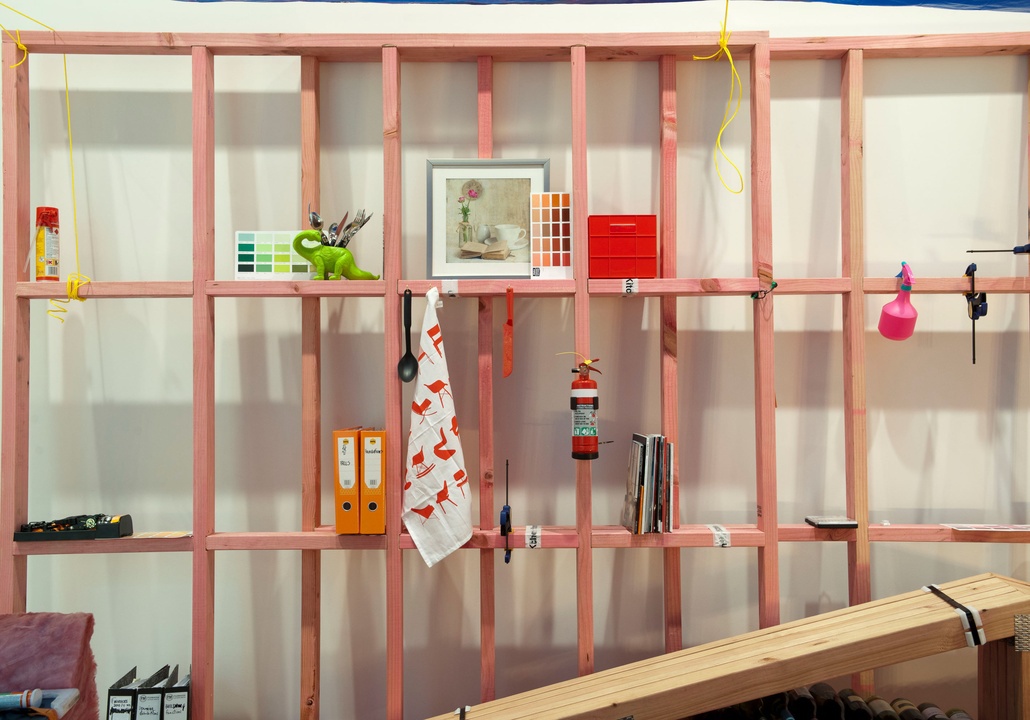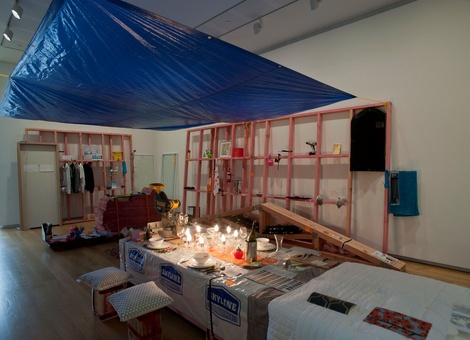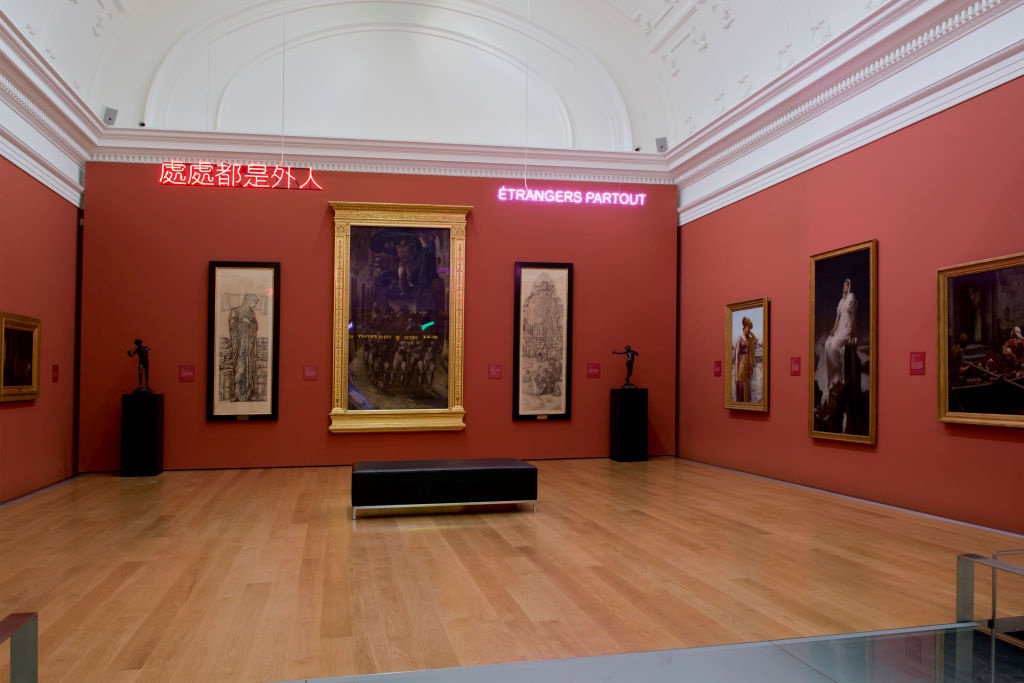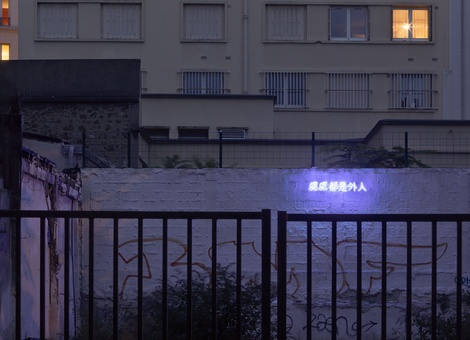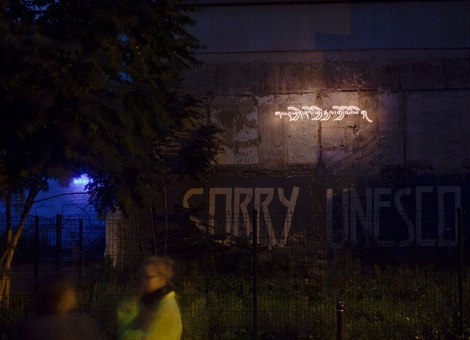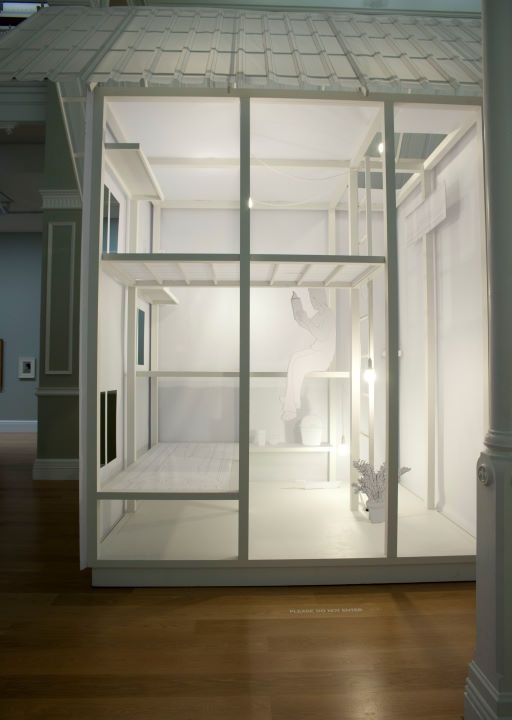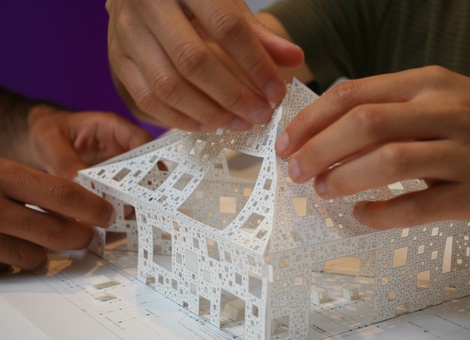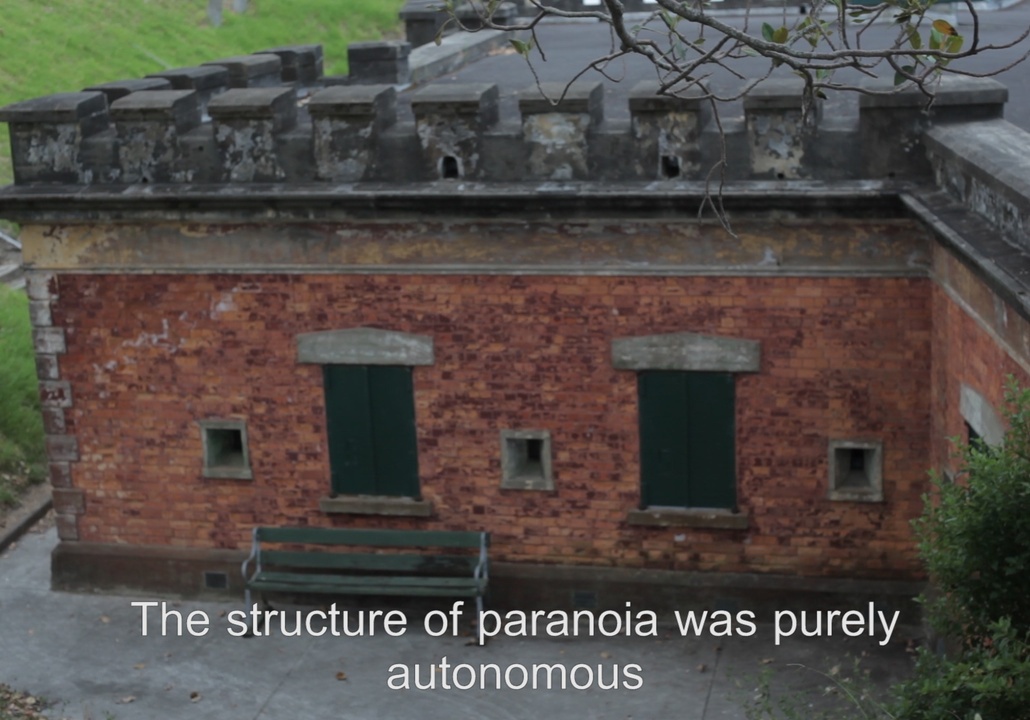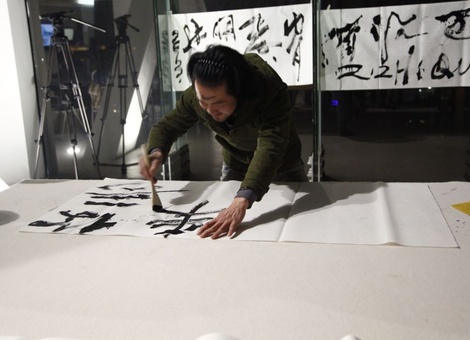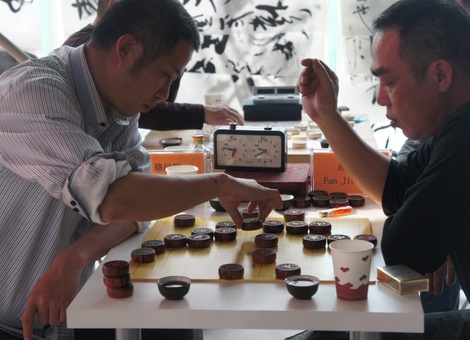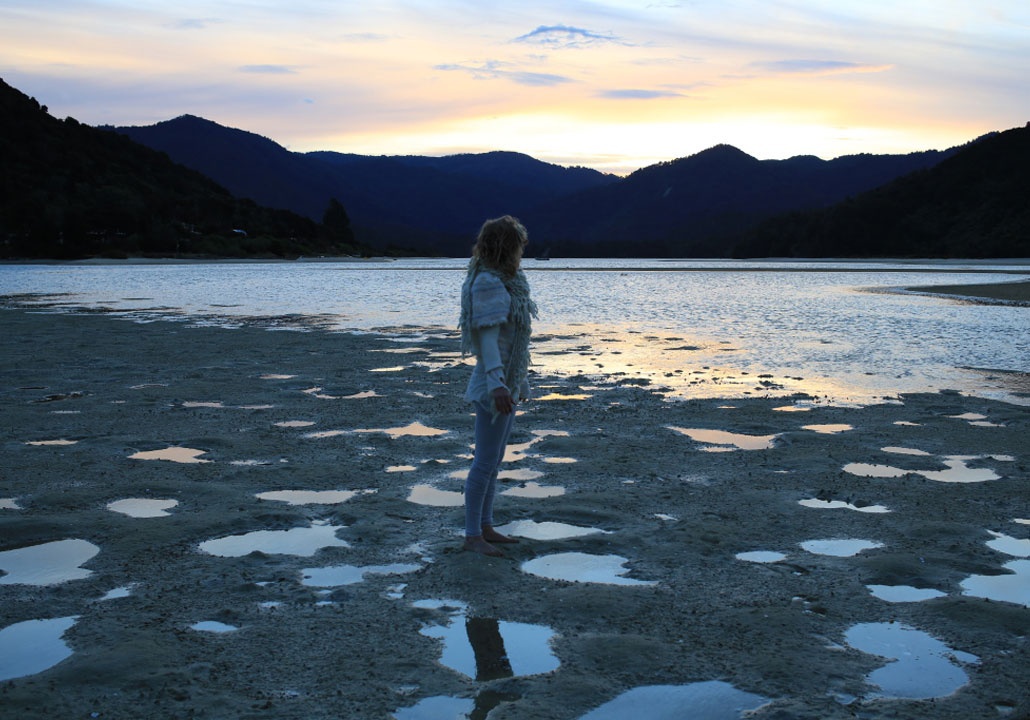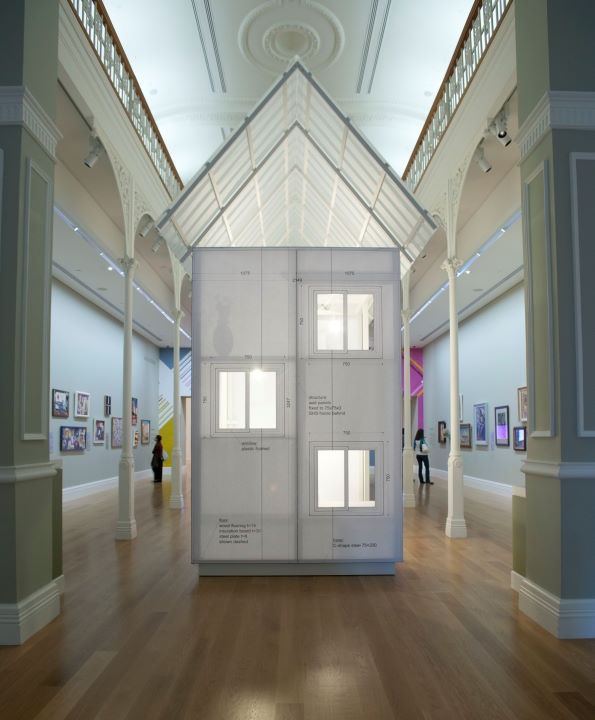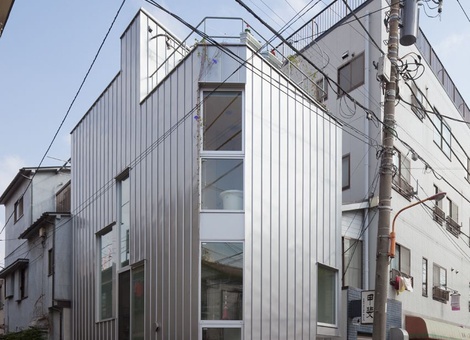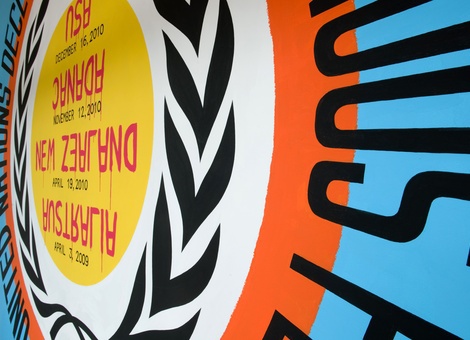Teddy Cruz
Venue
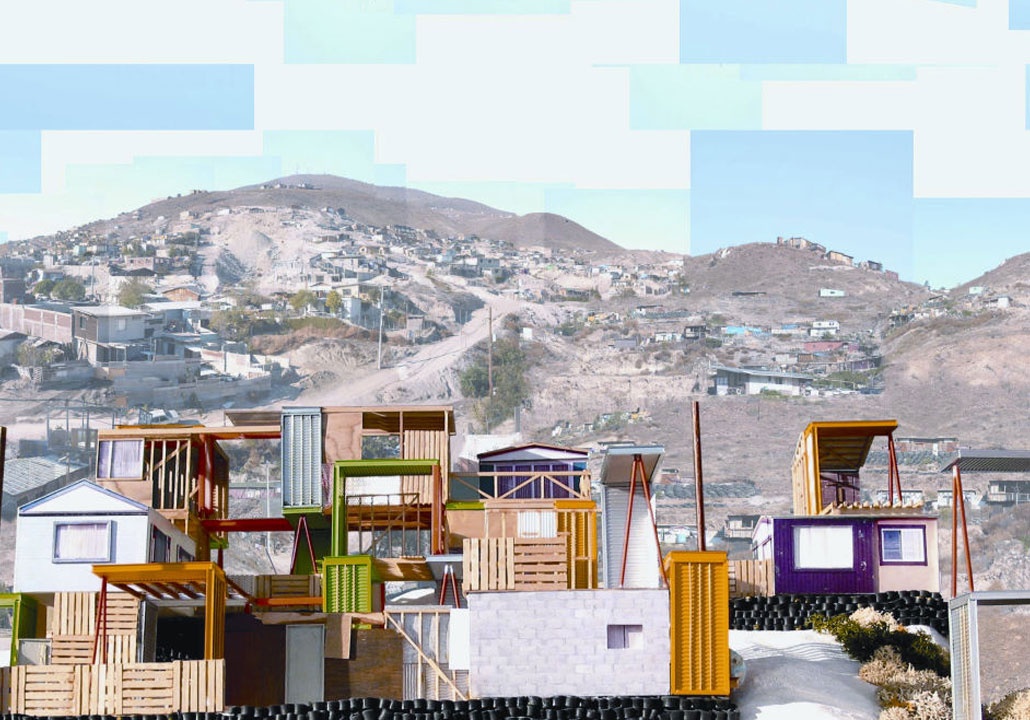
San Diego’s urban waste is recycled

Lace presentation
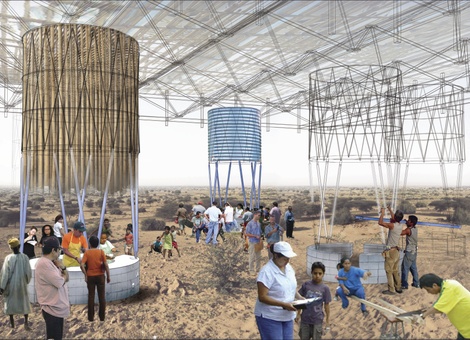
Public Space as socio-economic
Born 1962, Guatemala City, Guatemala
Lives and works in San Diego, United States of America
Teddy Cruz is best known for his socially responsible and artistically motivated architecture on the border between San Diego, California and Tijuana, Mexico. As a research-based practice, Estudio Teddy Cruz has amplified urban conflict as a productive zone of controversy, leading to constructive dialogue and new modes of intervention into established politics and economics of development in marginal neighborhoods which become sites of artistic experimentation.
In 2008 Cruz represented the United States in the Venice Architecture Biennial and in 2010 was part of the exhibition Small Scale: Big Change New Architects of Social Engagement at the Museum of Modern Art.
‘... Cruz asks, ‘Who gets to live where .... with what kind of political representation and economic power?’
Kathy Waghorn, artist, designer and Lecturer
Whau River Mapping, Legal and Illegal Storm Water
2013
Auckland Art GalleryWhau River Mapping, Legal and Illegal
Storm Water 2013
images courtesy of Kathy Waghorn
